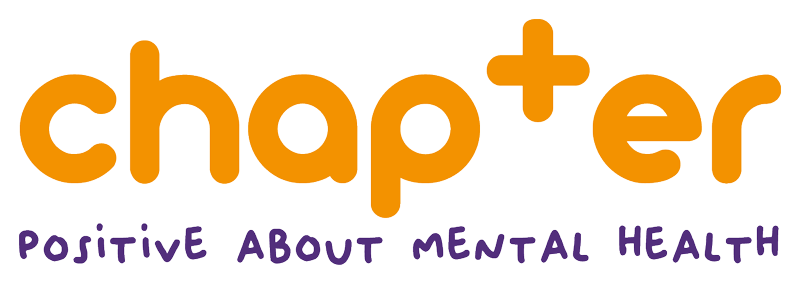Breathing exercises can be used to help ease anxiety.
The current covid-19 crisis has understandably got many of us feeling stressed and anxious. One of things that we can all do to combat this whilst in lockdown is to try some breathing exercises, designed to help us relax, ease anxiety and clear our minds.
Over the next few days, we will be uploading 7 breathing exercises you can do at home, to try and ease any anxiety brought on by the crisis.
Exercise 1
Our first exercise is very simple, and involves lengthening your exhale when you breathe out. Exhalation is linked to the parasympathetic nervous system, which helps us calm down. Making a concerted effort to lengthen you exhale lessens the chances of hyperventilation, which in turn leases then chance of an anxiety attack.
Focus on fully exhaling before taking your next breath, an aim to exhale for longer than you inhale, say, 6 seconds as opposed to 4 for the inhale. Repeat this for as at least 2 minutes if possible, in any position that is comfortable, be it stood up or lying down.
Exercise 2
The second exercise is something often practiced by professional singers, called diaphragm breathing. If you put one hand on your chest and another under your ribcage, you will notice how both your stomach and chest move when you breathe in and out. Diaphragm breathing involves isolating your breathing, by using the muscle under your ribs – the diaphragm, and other stomach muscles. You will know you are doing it properly when your stomach is what moves when you breathe, rather than your chest.
Diaphragm breathing can reduce how much effort it takes to breathe in and out, which can be relaxing. Now it does take time to master this, ideally you should practice every day and at first you may feel tired after the exercise, but it gets easier with time.
Exercise 3
The third exercise is one of the easiest to do. In a quiet, comfortable location, for up to 20 minutes a day, simply close your eyes and inhale deeply, then exhaling slowly. Notice any underlying tension and visualise it washing was with every exhalation. Slow focused breathing can do wonders for easing anxiety and calming you down. Sometimes vocalising, with words like “calm” or “safe” can help you stay focused.
Exercise 4
The fourth exercise borrows from pranayama yoga, and is known as equal breathing. This is another simple exercise, which simply involves focusing on making sure you inhale and exhale for the same amount of time. Don’t worry if each breath cycle isn’t the same length as the previous one, the only thing that matters is that you inhale and exhale for the same amount of time. Try 4 seconds for each, in a comfortable seated or lying position.
Exercise 5
The fifth exercise is called as resonant breathing, and has been known to calm people down in a matter of minutes. The trick it to breath slowly, 6 seconds for every inhale, and the same for the exhale. The key is to not fill your lungs too full of air, and not to exhale forcefully, but very slowly. Do this for 10 minutes, then return to normal breathing.
Exercise 6
The sixth exercise, perhaps more than any of our tips so far, is a bit unique! Again borrowing from pranayama yoga, the Lion’s breath technique might feel a bit silly at first, but helps relax and revitalise you, driving away negative thoughts. Ideally you want to kneel down with your legs crossed, but if this is uncomfortable you can sit cross legged. Put your hands on your knees, breath in deeply and exhale, whilst opening your mouth as wide as possible and stretch your tongue as far down your chin as you can. Don’t be afraid to vocalise as you exhale if it is comfortable. As you inhale, relax your face muscles, then repeat the process 5-7 times. If your ankles are crossed, change positions half way through the routine.
Exercise 7
The final breathing exercise is known as alternate nostril breathing. Pinch one nostril closed with your thumb and breathe in slowly. Hold your breath for a moment, then use your pointing finger to close the other nostril and exhale through the one that was previously closed. Repeat this technique, alternating between nostrils up to 10 times.
To make sure you don’t miss the next exercise, follow us on Facebook and Twitter.

